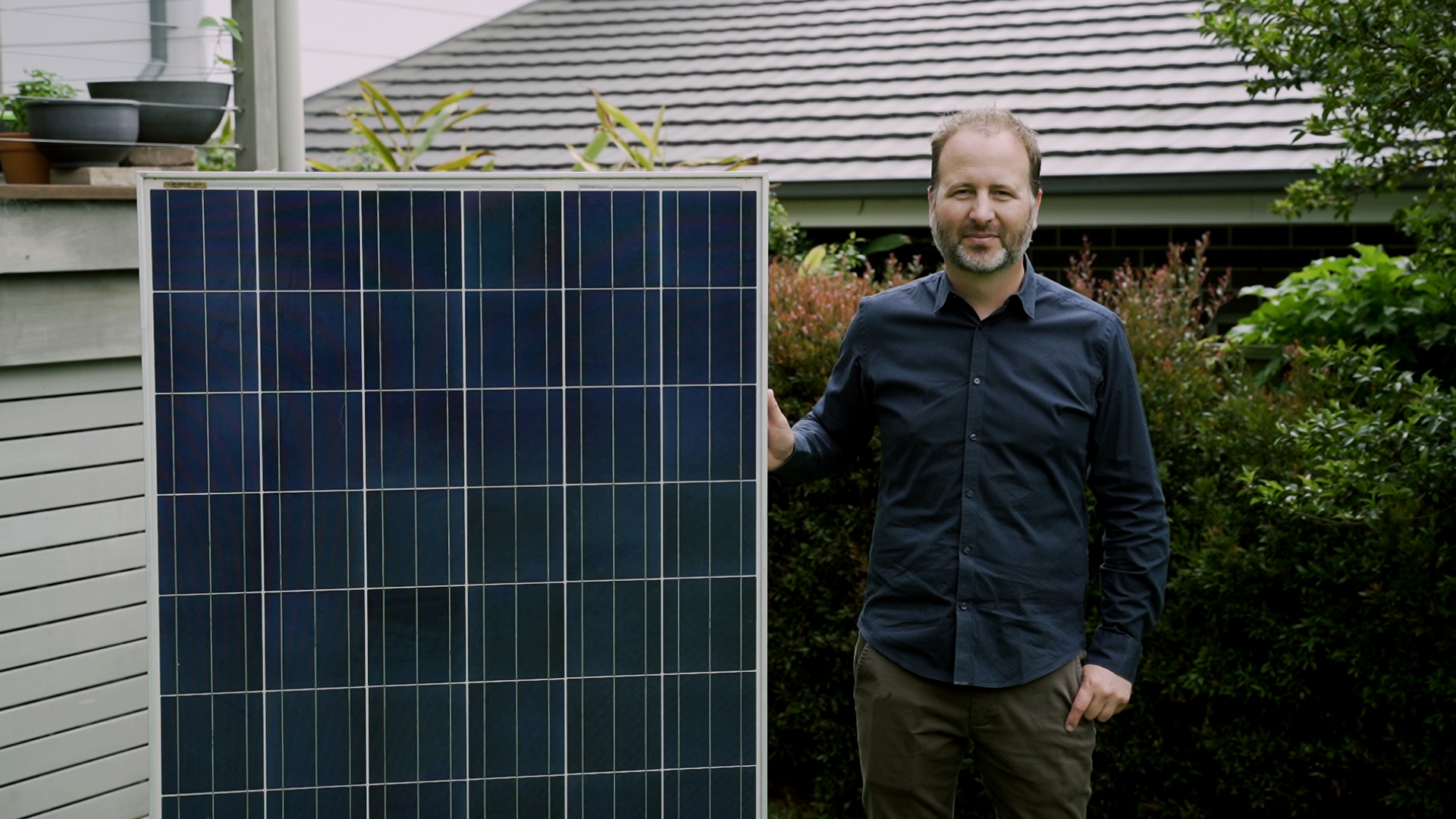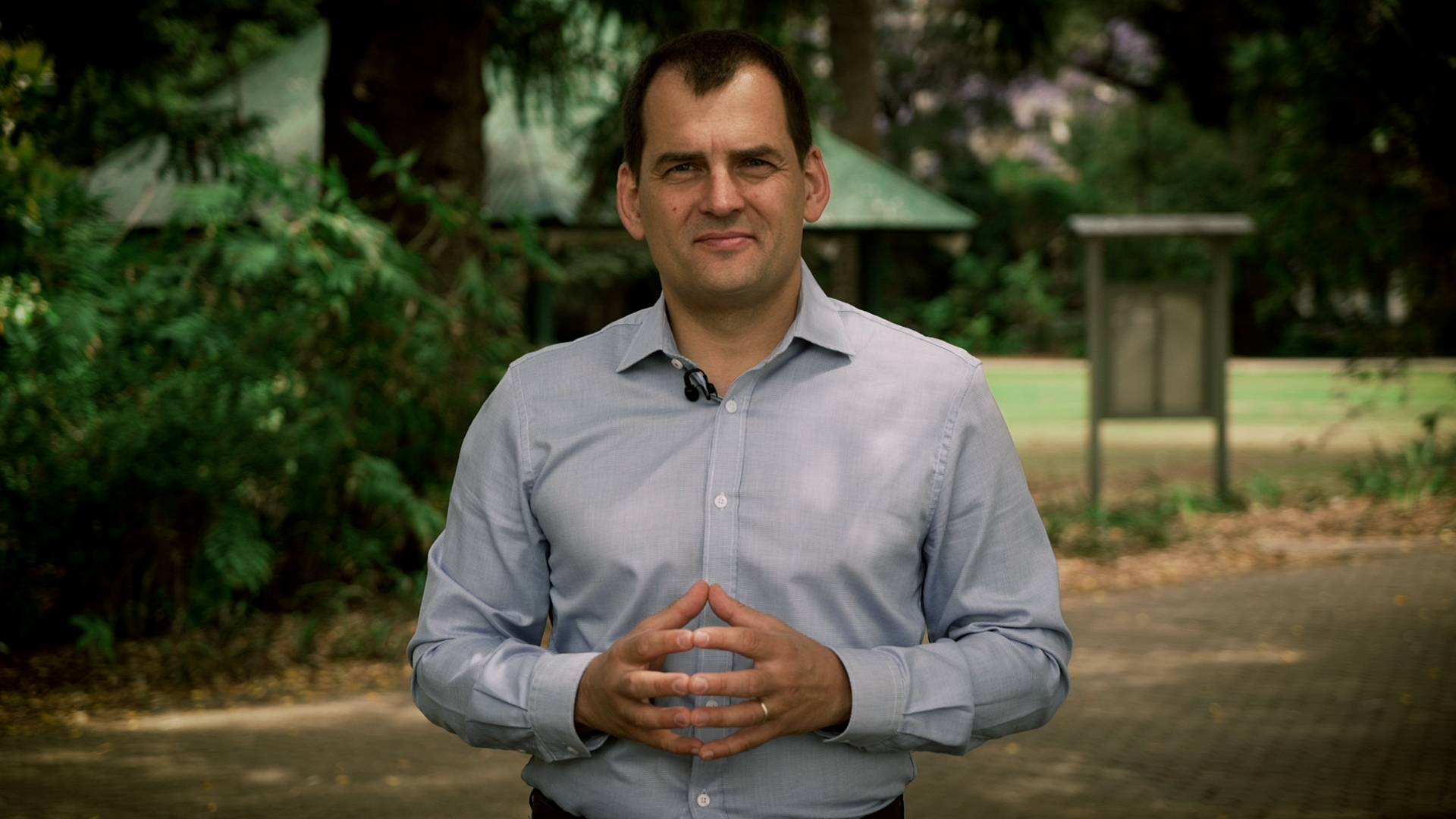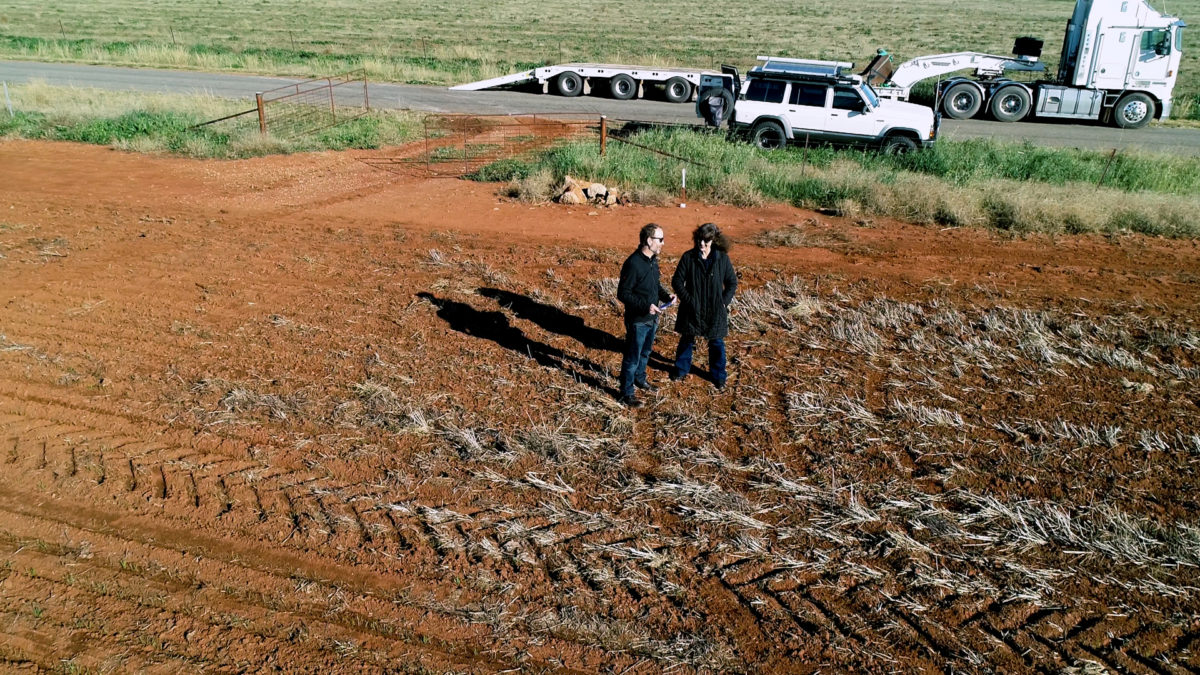Komo Energy hopes to grow a proper mid-scale solar segment in Australia. With advantages in terms of grid connection and accelerated ‘learning-by-doing,’ Komo’s founders say the market segment holds great promise.
Effectively a market sounding exercise, from today until early December Komo Energy is seeking initial expressions of interest from potential investors to assess the appetite for this type of investment in Australia.
Over the last few years, Komo Energy have partnered with a number of community groups and initiatives to develop various mid-scale community-owned solar projects, helping groups who see opportunity in renewables but are having trouble navigating the technical and logistic barriers.

Photo: Komo Energy
“A band of volunteers can go a long way but there does come a point where they need some professional support,” Komo Energy Founder Prendergast tells pv magazine Australia. “We’re putting ourselves in the development phase because that’s where we see that the most help is needed and where we can create the most impact.”
While they say community solar projects have proved a “fertile ground” for their business model, Komo founders Prendergast and Arends are quick to point out that their company already has a number of ground-mounted solar projects in the pipeline and works with regional businesses.
Taking cues from Europe, where the midscale solar sector has proved both popular and more resilient to the so called “solarcoaster” in some countries, Komo Energy is looking to plug what they see as a gap in the Australian market.
With Australia’s history of large, centralised electricity generators, Komo Energy co-founder and director Arends believes Australia remains stuck in the mindset “bigger is better.” That, he says, is simply not always the case.
While expanding the size of a project does drive costs down, the nature of the scale locks out swaths of potential investors and makes the projects less nimble in terms of innovation and flexibility. Which is why the pair are pushing an alternative model to achieve cost reductions and that is, put simply, repetition.
“What we’re really talking about is establishing industry in Australia, in regional Australia, that is not characterised by just doing one project and then going away to do something different, but repeat – repeat – repeat,” Arends tells pv magazine Australia.
As an example of the process in action, Arends points to a property developer the company has been working with in Armidale, New South Wales. By employing the firm more regularly, they’ve driven the price to 20% of what the company’s services initially cost. This is ultimately a twofold return as not only does it significantly reduce costs, it simultaneously builds experience and builds regional skillsets.
“Now suddenly we’re got a tiny centre of expertise on solar farm leases in Armidale,” Arends explains.
Despite their positivity, the founders acknowledge that opening up the mid-scale market presents a double–edged sword. Because the industry is burgeoning, the process of skills transferral is just getting started. As is stands, Australia simply doesn’t have that many contractors that have built 1-2 MW solar farms.
“Effectively every engagement that we need to start is also an education process,” Arends says. “Our challenge is that we are trying to peg ourselves in a market that, at the moment, is not very liquid.”
Track record
“This year, two of Komo Energy’s first projects received a combined $3.4 million of grant funding from the NSW government. In the first, which was initiated by community group Community Energy 4 Goulburn, Komo Energy came into the project as it hit an impasse. The start-up was able to work with the community initiative however to provide the missing building blocks in its plan develop a 1.8 MWdc solar and 400 kW/800 kWh battery facility for the regional NSW city.
A second project involved partnering with community energy brand Pingala and the Community Power Agency, to develop the Haystacks solar garden in Grong Grong, NSW.
Community solar projects have been developed in Australia, including the 1 MW Majura project in the Australia Capital Territory and the 4.9 MW Manilla project in NSW. A number of such projects are deploying innovative energy storage technology developed by the UNSW and are being supported by NSW state government grants.
Komo Energy plans to grow to 100 projects a year by 2022, along the way aiming to allow over 200,000 Australians to invest in new solar projects. “History starts today,” Arends says.
To help progress its project development activities, Komo plans to raise funds by launching its equity offering on the crowdfunding platform Birchal. The Komo founders believe Australia is currently losing a lot of investment opportunities in renewables and see crowd equity as a possible solution. “It’s also a step of testing some innovations,” Arends says. “We’re looking for investors who really want to build a movement.”
Arends describes the investment like venture capital, although the term makes his co-founder Prendergast flinch.

Photo: Komo Energy
Nonetheless, Arends says the return is more likely to be a capital gain that continuous yield, at this point. That is, the company isn’t collecting money from the crowd with the proposition of investors becoming long–term asset owners. Rather, it’s about investing into the early stages of solar projects and creating pipeline of 500 kW to 2 MW solar farms.All projects will be developed “battery ready” or include battery storage.
The primary aim is to make the developed projects available for outright purchase or other forms of investment rather than holding them over the long term. In all likelihood, the projects will probably go to community groups, with the founder saying those types of models aligns with their philosophy.
Democratising energy
While the founders are hesitant to use lofty terms, they see their work as part of an ecosystem which is not only driving Australia’s energy systems to be greener, but to also be more democratic.
“We certainly do feel that it really can open up things,” Prendergast says. “We need multiple models to continue our momentum in renewables.”
The pair are hopeful in a decade from now the landscape for midscale solar in Australia will resemble that in Germany, Italy or Denmark. “What we hope is that there will be a multitude of consultants who will understand the space enough to help others,” Arends says. “Hopefully that will foster an industry to develop that can support not only our projects, but anyone’s projects.”
This content is protected by copyright and may not be reused. If you want to cooperate with us and would like to reuse some of our content, please contact: editors@pv-magazine.com.









By submitting this form you agree to pv magazine using your data for the purposes of publishing your comment.
Your personal data will only be disclosed or otherwise transmitted to third parties for the purposes of spam filtering or if this is necessary for technical maintenance of the website. Any other transfer to third parties will not take place unless this is justified on the basis of applicable data protection regulations or if pv magazine is legally obliged to do so.
You may revoke this consent at any time with effect for the future, in which case your personal data will be deleted immediately. Otherwise, your data will be deleted if pv magazine has processed your request or the purpose of data storage is fulfilled.
Further information on data privacy can be found in our Data Protection Policy.